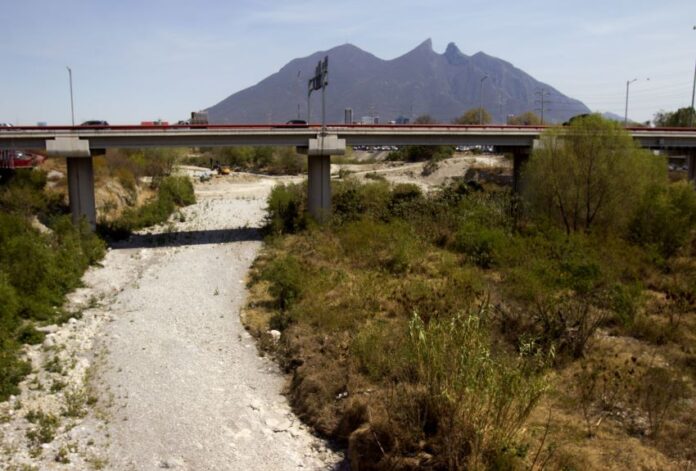Mexico currently owes the United States more than 1.5 billion cubic meters of water with just six months left to settle the debt, putting the federal government in a difficult situation as it seeks to appease its northern neighbor while ensuring there is sufficient water to meet the needs of Mexican citizens, agriculture and industry.
The United States government is pressuring Mexico to send the water north, but the country’s northern states are in drought, making it very difficult if not impossible to comply with the obligations set out in a 1944 bilateral water treaty.
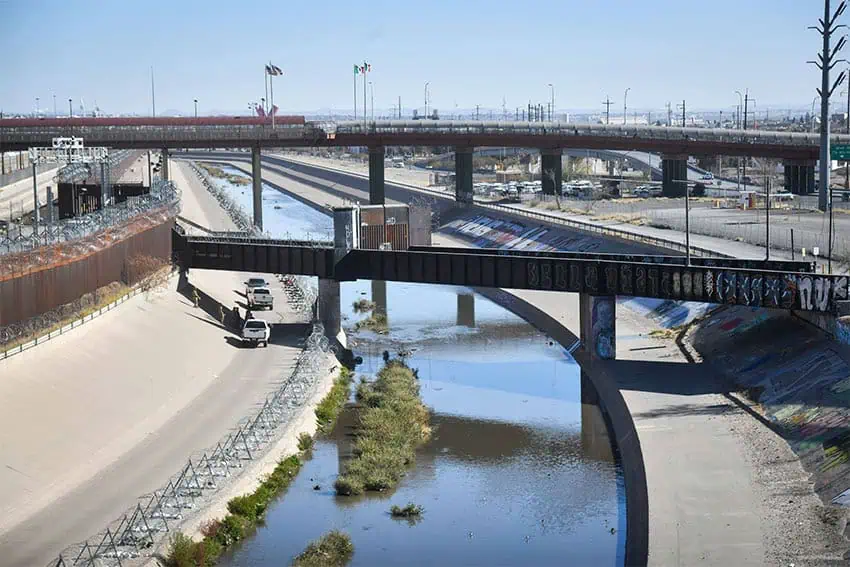
What the outcome of this situation will be is not yet clear, but the potential for conflict between Mexico and the United States — at a time when the bilateral relationship is already strained — is high.
Mexico’s water debt predicament
Under the Treaty relating to the utilization of waters of the Colorado and Tijuana Rivers and of the Rio Grande, Mexico must send 2.158 billion cubic meters (1.75 million acre feet) of water to the United States from the Rio Grande every five years. The water is transferred through a binational network of dams and reservoirs.
The current five-year cycle concludes in late October, but by March 29, Mexico had delivered just 28% of the water it is required to send to its northern neighbor in the 2020-25 period.
Consequently, Mexico currently owes the United States about 1.55 billion cubic meters of water. That quantity of water, Reuters reported, is enough to supply a mid-sized city for around 30 years.
Why is Mexico so far behind on its water debt?
In a word — drought. The Mexican government has said that it has been unable to fulfill its water commitments under the 1944 treaty due to widespread drought that is particularly severe in the north of the country.
Poor infrastructure and growing local demand for water have also had an impact on Mexico’s capacity to meet its treaty obligations, according to Reuters.
Under the treaty, water debt can be rolled over into the next five-year cycle when drought precludes either Mexico or the United States from meeting its obligations to supply water to its neighbor.
That situation looks set to become increasingly common.
Reuters reported that the 81-year-old treaty “never contemplated climate change or massive industrial and agricultural growth along the border fueled by free trade between the two countries.”
“That is the disconnect,” said Vianey Rueda, a University of Michigan researcher who specializes in water issues.
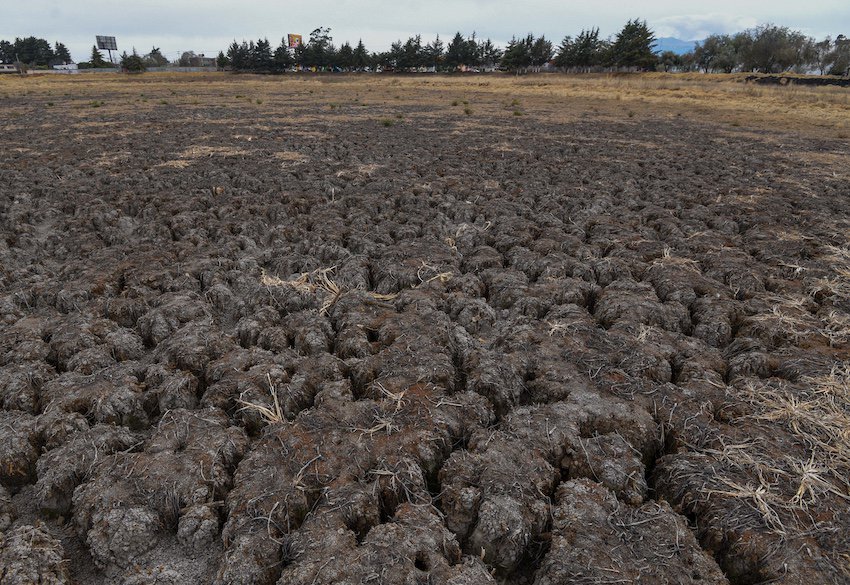
“… There is pressure to continue to abide by a treaty, but there’s really no water to comply,” she said.
Federico Mancera, a water consultant and academic at CIDE, a Mexico City university, described the treaty as obsolete because it doesn’t consider the impacts of climate change and the decrease in water availability. The solution to the current conflict between Mexico and the United States is to update the treaty, he told the Expansión news website.
Pressure from the United States
In March, for the first time since the 1944 treaty was signed, the United States denied a request by Mexico for water delivery.
In a statement posted to social media, the U.S. State Department’s Bureau of Western Hemisphere Affairs defended the decision by saying that “Mexico’s continued shortfalls in its water deliveries under the 1944 water-sharing treaty are decimating American agriculture — particularly farmers in the Rio Grande valley.”
In addition to taking the unprecedented step of denying Mexico’s non-treaty request for water, the State Department “continues to urge the Mexican government at the highest levels to meet its 1944 treaty obligations and ensure predictable water deliveries,” a spokesperson for the agency told Reuters.
Mexico’s continued shortfalls in its water deliveries under the 1944 water-sharing treaty are decimating American agriculture–particularly farmers in the Rio Grande valley. As a result, today for the first time, the U.S. will deny Mexico’s non-treaty request for a special…
— Bureau of Western Hemisphere Affairs (@WHAAsstSecty) March 20, 2025
In March, U.S. Agriculture Secretary Brooke Rollins said in an interview that Mexico is “decimating our farmers while they’re building their agriculture industry and breaking the agreement under that 1944 water treaty.”
“But no more,” she added.
Republicans from Texas have been especially vocal in their condemnation of Mexico for failing to meet its treaty obligations.
“Mexico’s repeated failure to uphold their end of the 1944 water treaty has devastated South Texas farmers, hindered the growth of our Texas agriculture economy, and threatened our national food security,” Congresswoman Monica de la Cruz said in January.
“Holding the Mexican government accountable is the first step in ensuring our farmers have the resources they need to thrive and I will continue to work to ensure South Texans are not left to deal with the consequences of Mexico’s non-compliance,” she said.
Reuters reported that the United States has “largely fulfilled” its obligations to send water to Mexico, “although recent deliveries have been reduced due to severe drought, something the 1944 accord allows for.”
Could Mexico’s water debt threaten the USMCA?
Citing multiple sources, Reuters reported on Wednesday that Mexican officials are “scrambling to come up with a plan” to increase water deliveries to the United States.
Three sources familiar with the matter told Reuters the urgency is due to growing concern that United States President Donald Trump could bring the water dispute into trade negotiations with Mexico.
Trump has already imposed tariffs on Mexican steel, aluminum and vehicles, as well as imports from Mexico not covered by the USMCA free trade pact. He has indicated that he wants to renegotiate the agreement rather than just review it, as is scheduled to occur in 2026.
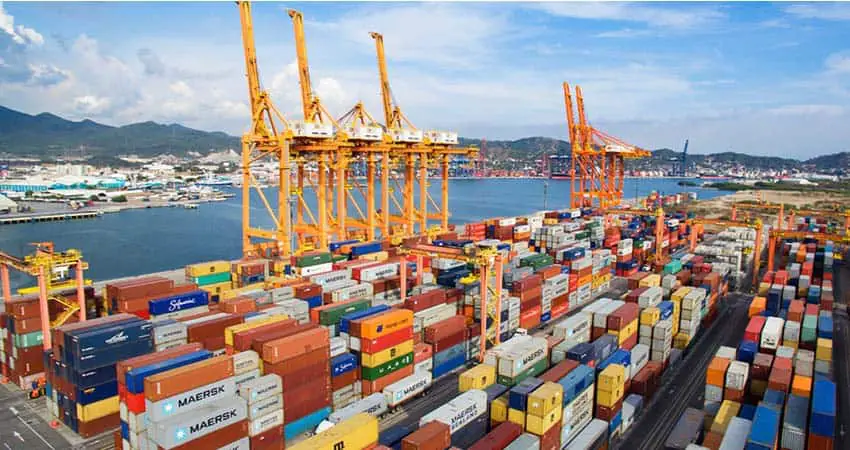
A Mexican source who works on water issues told Reuters that there are even concerns in Mexico that Trump could terminate the USMCA due to the Mexico’s water debt. The source said the issue has become “very political.”
Another option for Trump could be to use tariffs to pressure Mexico to meet its water commitments. He has already demonstrated he is willing to use protectionism to effectively force Mexico to ramp up action against the flow of fentanyl and migrants to the United States.
Last month, Texas Senator Ted Cruz expressed confidence that the United States will get the water it is owed.
“I believe with President Trump in office and the new administration, we are going to get the water. Mexico is going to comply. Ignoring the treaty will no longer be an option for Mexico,” he said.
A second Mexican source with knowledge of the dispute told Reuters that Mexico hopes to reach an agreement with the United States “in the next few weeks” in order to prevent the issue from affecting trade negotiations. The Mexican government is aiming to negotiate better trading conditions for Mexico — i.e. secure the suspension of U.S. tariffs that are currently levied on Mexican goods.
The source warned that “the expectations of the U.S. should be grounded in reality.”
“We cannot deliver water that does not exist,” the person told Reuters.
The news agency reported that “with the U.S.-Mexico relations already frayed over security, migration and tariffs, the two countries could now be on a collision course over water too, adding to Mexico’s woes as it struggles to navigate a minefield of issues with the Trump administration.”
Attempt to appease the US angers northern states
President Claudia Sheinbaum last week told reporters that her government was in discussions with its U.S. counterpart and “will comply with the treaty bit by bit.”
Reuters said it was told by eight sources that Mexico is working to increase water deliveries to the United States before the current five-year treaty cycle comes to an end in October.
Six of those sources told Reuters that in order to increase its water deliveries Mexico will likely need to make use of a controversial amendment inserted into the 1944 treaty last year.
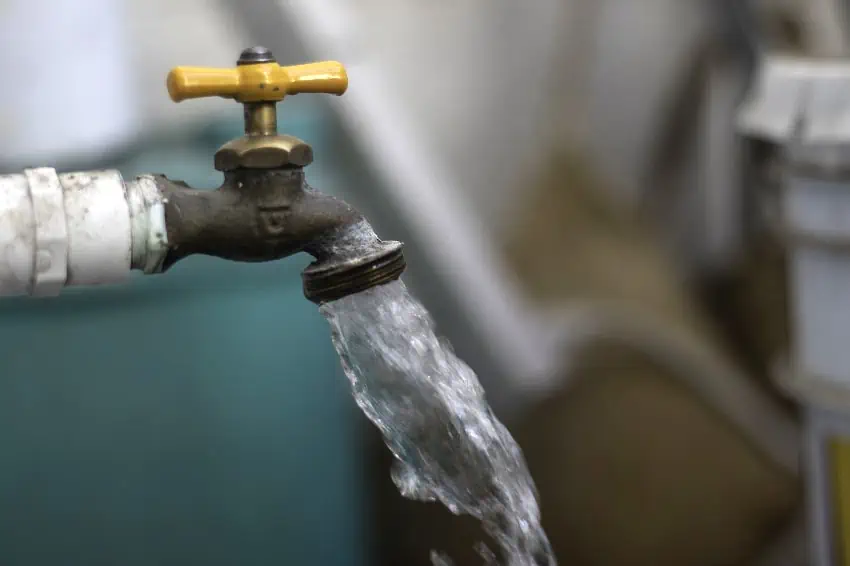
The amendment empowers the Mexican government to take extra water from states in order to meet its water delivery obligations.
Water in the northern border states of Nuevo León, Coahuila, Chihuahua and Tamaulipas is specifically in the sights of the federal government, according to six sources who spoke to Reuters.
“In recent weeks, at least one meeting has taken place between state governments and the federal water authority discussing how to increase Mexican deliveries to the United States,” the news agency reported. “… Tension is building both with the U.S. and within Mexico,” Reuters added.
None of the four border states mentioned above is happy about the federal government’s apparent plans for their water, according to Raúl Quiroga, Secretary of Hydraulic Resources for Social Development in Tamaulipas.
He said that in a meeting with federal government representatives last month, officials from Nuevo León, Coahuila, Chihuahua and Tamaulipas all protested the treaty amendment that allows their water to be taken without their consent under certain circumstances.
Mario Mata, the executive director of Chihuahua’s water council, said the state is considering launching legal action against the treaty amendment.
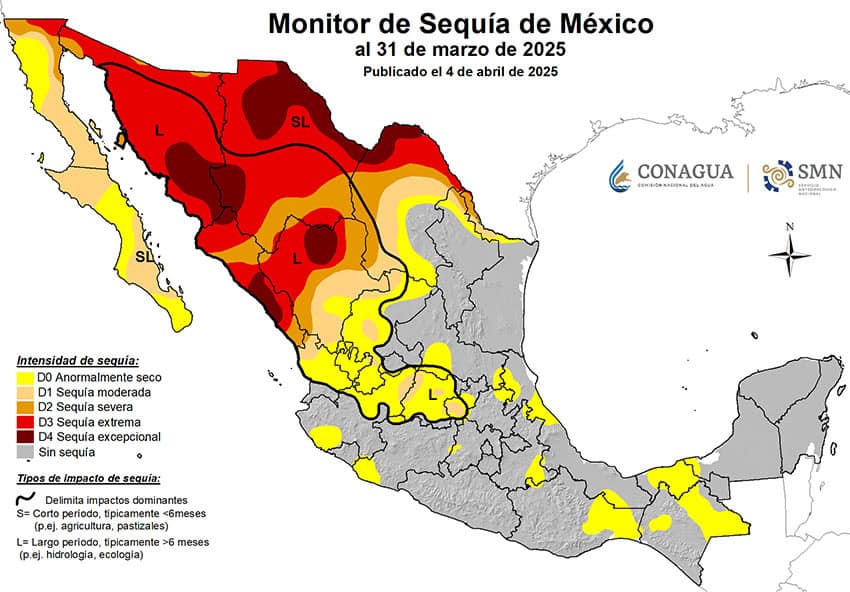
Tension between the federal government and states over water is not a new. In 2020, a high ranking foreign affairs official accused then Chihuahua governor Javier Corral of failing to comply with an agreement with the federal government to send water to the U.S.
Mexico narrowly met its water delivery obligations in the 2015-20 treaty period, but it appears almost certain it will fail in this current cycle.
A Mexican official told Reuters that the federal government has already agreed to send 150.48 million cubic meters of water to the United States and is working on a plan to deliver an additional 99.91 million cubic meters. But even if that water is delivered, Mexico would still fall more than 60% short of meeting its treaty obligations.
Of significant concern in Mexico is that there is no guarantee that the United States will be appeased by only receiving around 40% of the water Mexico is required to supply in each five-year treaty cycle.
‘To deliver water right now is death’
National Action Party Senator Mario Vázquez of Chihuahua said that “for Chihuahua to deliver water right now is death.”
While he was referring to the essential truth that “water is life,” Mexico’s obligation to deliver water to the United States was a factor in the death of a woman in Delicias, Chihuahua, in 2020.
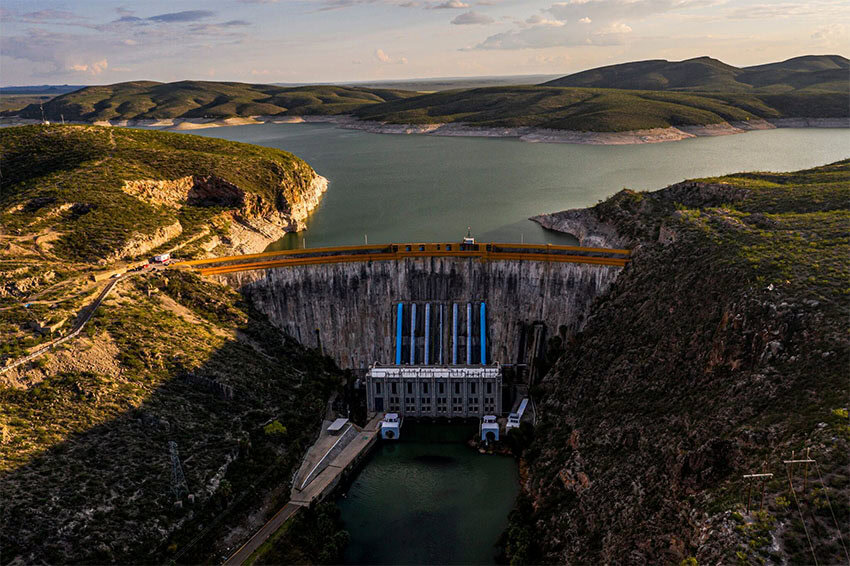
Yessica Silva and her husband Jaime Torres, both farmers, came under fire by the National Guard while driving home in September 2020 after attending a protest against the diversion of water to the United States at La Boquilla dam.
Silva died at the scene while Torres was seriously wounded and spent two weeks in the hospital.
Farmers in northern Mexico — where large swathes of land are currently affected by severe, extreme or “exceptional drought and water levels in many reservoirs are low — remain vehemently opposed to the diversion of water to the United States, meaning that the Mexican government will face fierce resistance as it seeks to placate its powerful northern neighbor.
Mexico’s water debt with the U.S. further emphasizes that addressing water scarcity is a major challenge for the Sheinbaum administration, which presented a new national water plan in November and announced 17 water infrastructure projects last month.
With reports from Reuters and Expansión Política
